Hazy skies the backdrop for Obama's climate talks in India
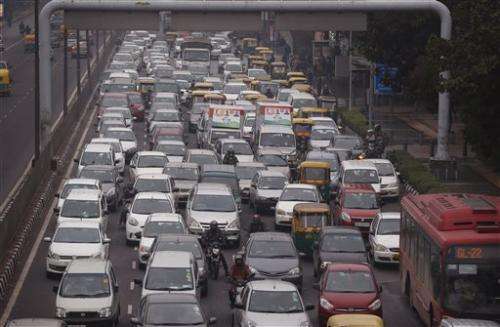
When President Barack Obama arrives in New Delhi on Sunday he will join the Indian capital's masses in breathing some of the world's filthiest air.
Hazy skies will serve as the backdrop to meetings with Indian Prime Minister Narendra Modi and other officials who are expected to discuss India's biggest environmental woes: Heavy reliance on fossil fuels that has transformed New Delhi into the planet's most polluted capital and made India the third biggest national emitter of greenhouse gases.
With 1.26 billion people and counting, India's energy choices can make or break global efforts to prevent climate change. Experts expect the U.S. will be willing to help India finance ambitious plans to boost production of cleaner energy. That would allow Asia's third-largest economy to reduce reliance on coal and oil but not derail the energy-intensive growth needed to reduce staggering poverty.
"You cannot expect India to punch far above its weight. But you also can't have India doing everything in a climate-unfriendly way," said Samir Saran, a climate policy analyst with the Delhi-based think tank Observer Research Foundation. "We have to make a special plan for India."
As hopes rise for a new global climate pact in Paris later this year, some think Obama can broker with India another landmark deal like last year's U.S.-China climate agreement in which China pledged to rein in emissions starting in 2030.
India applauded that deal for acknowledging that developing countries have a right to keep growing, and polluting for a time, while the U.S., which industrialized long ago, begins curbing emissions now.
A possible U.S.-India deal, however, would be unlikely to see India following China's example in setting a date for its emissions to peak. Instead, the two sides are expected to build on the roughly $1 billion already spent under a U.S.-India clean energy partnership.
Delhi has long refused to curb carbon emissions while hundreds of millions of Indians live in dire poverty. Instead, India has pledged to reduce its emissions intensity—how much carbon dioxide it puts out per dollar of economic activity.
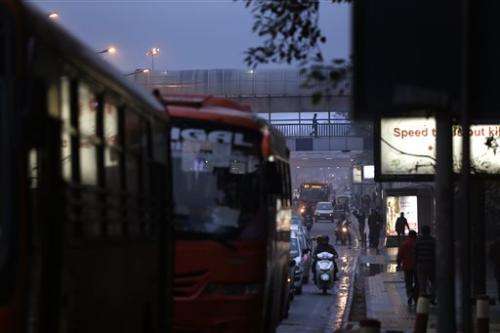
It's also pledged an enormous increase in installed renewable energy capacity by 2022 with a five-fold increase in solar capacity to 100 gigawatts, a 30-fold boost for wind to 60 GW and a massive overhaul of India's dilapidated energy grid. The plan is estimated to require $162 billion in investment, and India will be looking for the U.S. government and businesses to help.
India, already the world's third-largest producer of solar energy and fourth largest in wind energy, argues that by vastly increasing its renewable energy market, it can lower costs to lure private investors away from traditional coal-fired energy projects.
"It's a huge amount of money. They need to fill in the details as opposed offering to an even grander vision," said Tim Buckley, an energy analyst with the Institute for Energy Economics and Financial Analysis. "Modi's played a very clever game in saying: you give us the capital first, and then we'll make the commitments."
Experts say India and the U.S. could announce more plans to work together on energy technology, solar manufacturing or even resolve a four-year impasse that has held up U.S. and Japanese nuclear energy development on Indian soil.
Companies enthused by India's enormous market are already stepping up. Missouri-based Sun Edison last week announced new deals in India, from helping set up a $4 billion solar manufacturing plant to building up to 5,000 microgrids in the countryside. Welspun Energy this week announced plans to invest $1.3 billion in developing more solar and wind projects here.
"What matters most is where the rubber hits the road, where investment decisions are being made," said Justin Guay of the San Francisco-based Sierra Club environmental group. "I would be more excited by a deal showing billions of dollars going into clean energy than about Indian targets for cutting greenhouse gases."
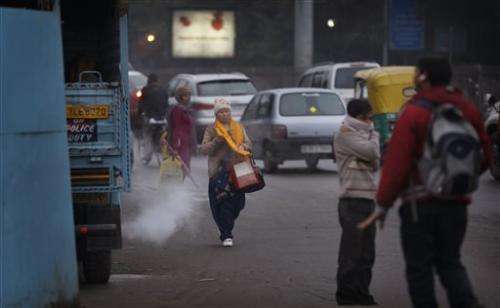
Some hope Obama will also urge India to move more aggressively in fighting air pollution, after he last year ordered more stringent fuel standards for trucks while also setting unprecedented greenhouse gas limits on power plants.
India is still moving ahead, at least on paper, with expanding its coal capacity. State coal producer, Coal India, will double its annual production target to 1 billion tons within five years, according to the Ministry of Power. Dozens of new coal plants in the pipeline would triple thermal power capacity to 450 gigawatts by 2030.
Such plans would come with predictable consequences for the country's already-filthy air. India is also considered one of the more vulnerable countries to climate change, with some 7,000 miles of coastline, an agricultural economy relying on seasonal rains and hundreds of millions of people still living off the land.
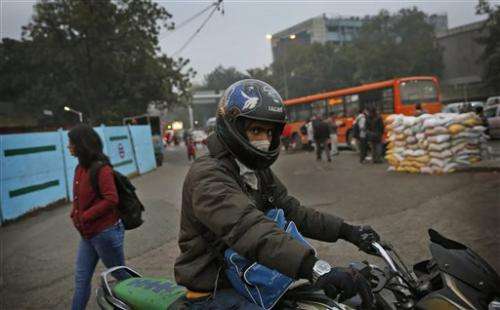
But the worst may not come to pass, analysts say.
Troubles in India's coal industry have already driven investors to the solar market, and many of the approved new coal projects are stalled thanks to lack of financing or coal supplies.
"The truth is, the coal industry has become the climate advocate's best friend, simply because it's such a mess," Guay of the Sierra Club said. "It's a race between old and new technologies over who can actually get power to the people, and solar is winning hands down."
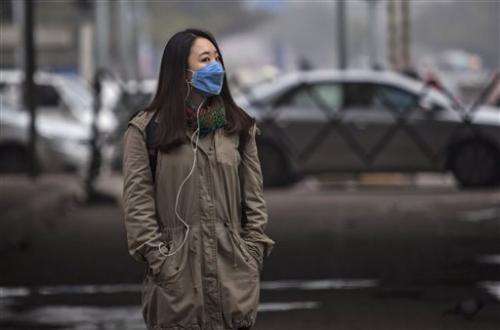
© 2015 The Associated Press. All rights reserved.




















